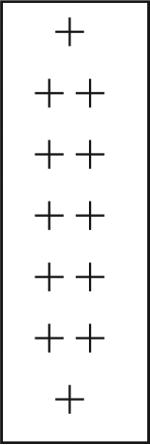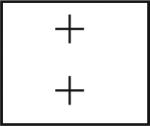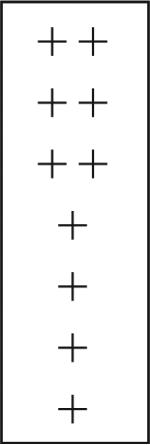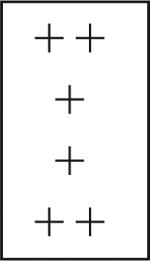TABLE 1.
Localization of NOS in the Brains of Adult and Embryonic Lobstersa
| Stage of development → | E40% | E60% | E68% | E75% | E85% | E95% | Adult |
|---|---|---|---|---|---|---|---|
| Protocerebrum | |||||||
| Frontal eye | − | − | − | − | − | − | − |
| Cluster 6 cells | − | + − | + − | + |  |
+ | + − |
| AMPN/ lateral cluster | + − | − | + − | + | − | − | |
| PB | + − | + − | + − | + − | − | + − | |
| CB | − | + − | + − | + − | − | + − | |
| Medial longitudinal fibers | − | + − | + − | + − | − | − | |
| Cluster 8 cells | − | − | + − | + | + | − | |
| Cluster 9 cells | − | − | − | − | + | − | |
| Deutocerebrum | |||||||
| DC interneurons | − | − | − | − | − | + |  |
| DCN | − | − | − | − | − | − | |
| DC | − | − | − | − | − | − | |
| OGTN | − | − | + − | + |  |
− | |
| OL glomeruli | + − | + − | + − | + − | − | ||
| AL glomeruli | − | − | − | − | − | − | |
| Fibers entering AL | − | − | + − | + |  |
+ − | |
| Fibers in OL | + − | + − | + | + | + − | ||
| Cluster 10 cells | − | + − | + | + | + − | ||
| OGT punctate staining | − | − | − | − | − | ||
| DGN axon | − | − | + | − | − | ||
| DGN soma | − | − | + − | + | + | ||
| Large cells in cluster 11 | − | − | + | ++ | + | ||
| LAN | − | − | − | − | − | − | |
| Tritocerebrum | |||||||
| Cluster 15/16 | − | + | + | ++ |  |
+ | + − |
| Cluster 17 | + − | ++ | + | ++ | ++ | − | |
| AnN II | − | − | − | − | + | − | |
| Fibers / cells in the CEG | − | − | − | − | + − | ||
| n = 6 | n = 5 | n = 6 | n = 6 | n = 6 | n = 2 | n = 4 |
E is percentage embryonic development where 0% is the time of fertilization and 100% is hatching. Three regions within the brain are distinguished: protocerebrum (anterior regions), deutocerebrum (midbrain regions), and tritocerebrum (posterior regions). The intensity of NOS labeling in neuropil structures, cell clusters, and individual cells and fibers is subjectively rated on a relative scale: (−) = no labeling observed; (+ −) = weak and variable; (+) = consistent and strong; (++) = intense. Embryonic NOS labeling reaches it widest distribution throughout the brain and most intense level at E85% (boxed scores), whereas NOS is found primarily in the olfactory pathway (boxed scores) in the adult brain. The number of brains assessed per stage is indicated at the bottom of each column. For abbreviations, see list.
